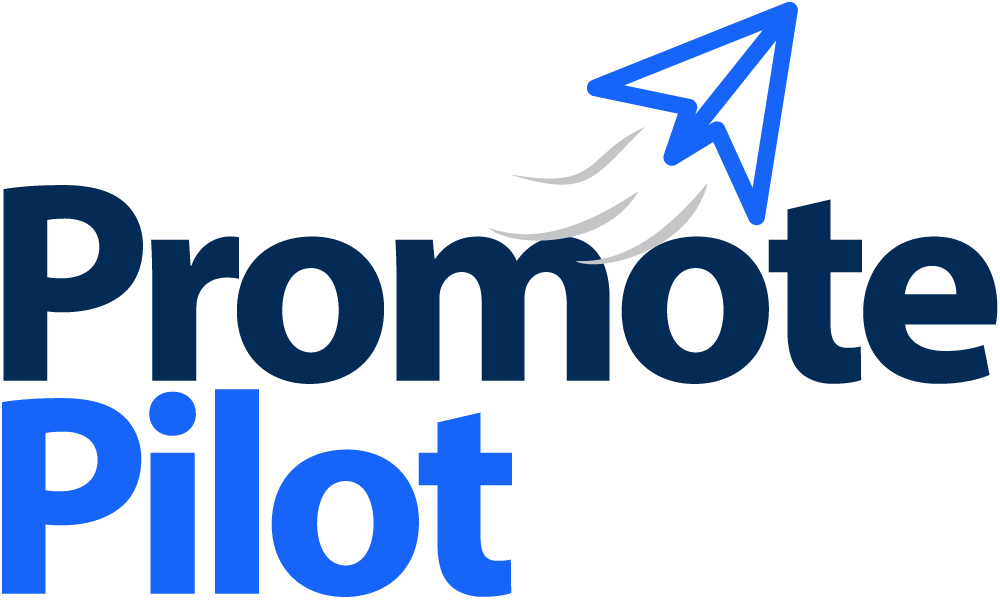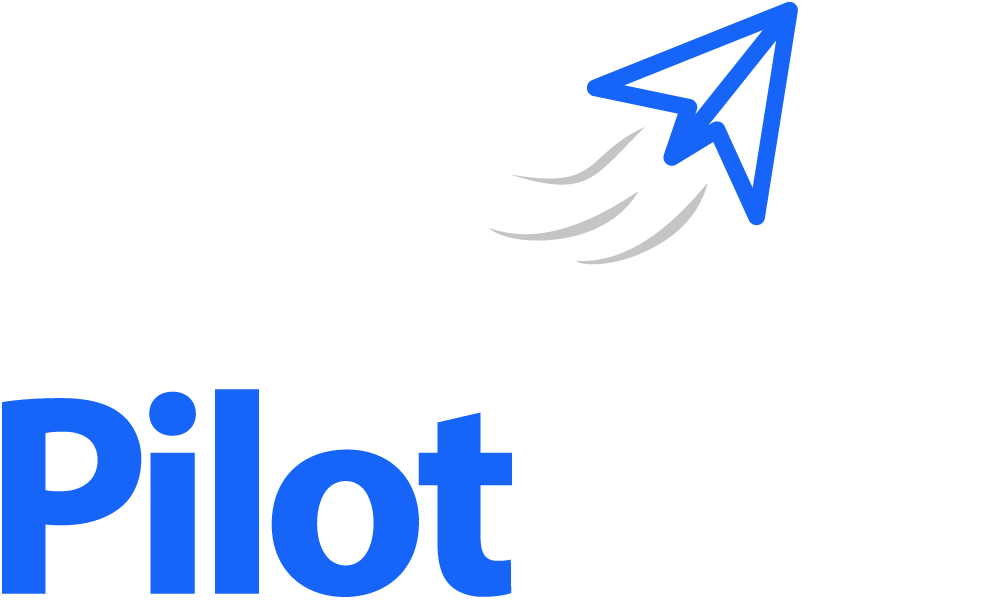Unlock Your Email Marketing Potential
Ready to take your email marketing to new heights?
Our team of experts is eager to guide you through the process and help you achieve remarkable results.
Request a Demo or Contact Us
We'll walk you through our services, answer any questions you may have, and provide tailored recommendations based on your unique business needs.
Promote Pilot
Contact Information
- Avenida Insurgentes Sur, # 933, Int 102 Piso 1 . Col. Napoles. Alc. Benito Juarez, C.P. 03810, Ciudad de México
- help@promote-pilot.com
- 1 888 818 7163
Copyright © 2025 Promote Pilot. Todos los derechos reservados.

